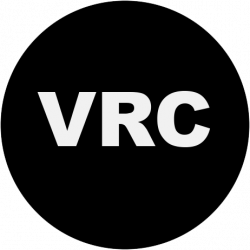- A. D. White Architectural Photographs
- Alice Weston Great Houses
- Architecture and Urban Planning Collection
- Beyond the Taj
- Billie Jean Isbell andean Collection
- Birkbeck History
- C. Szwedzicki: The North American Indian Works
- Cornell University Political Americana Collection
- George Catlin: The Printed Works
- Howell Icelandic Collection
- Inscriptions of Eleusis
- JCB Book Collection
- McKenney and Hall: History of the Indian Tribes
- NYS Aerial Photographs
- Phil Foster Collection
- Robert A. Deshon Courthouses Collection
- Terrace Plaza Hotel
- The Spanish Antiphoner
- Twenty-fifth General Hospital
- Willard Straight
Users still have access to 13 existing Commons Collections—including the popular David Rumsey Historical Map Collection—through our instance of Luna. The VRC will keep you updated on access to Luna commons collections and other improvements coming to the database, including their planned interface redesign.
If you have any questions about changes in Luna or access to your content, please do not hesitate to get in touch with us at visualresources@uchicago.edu.

